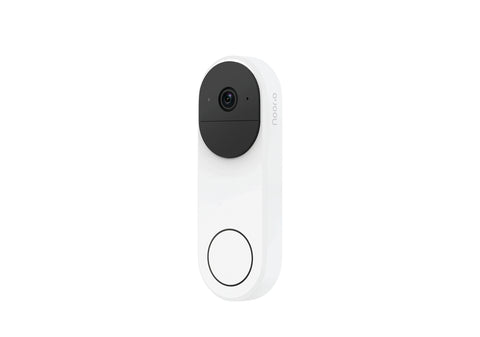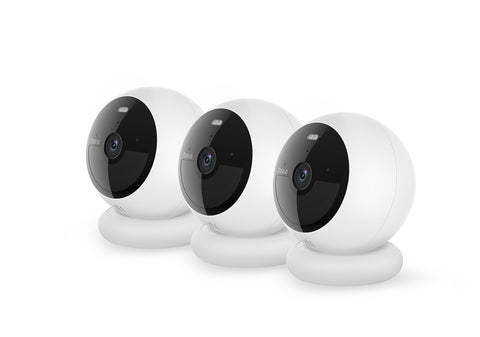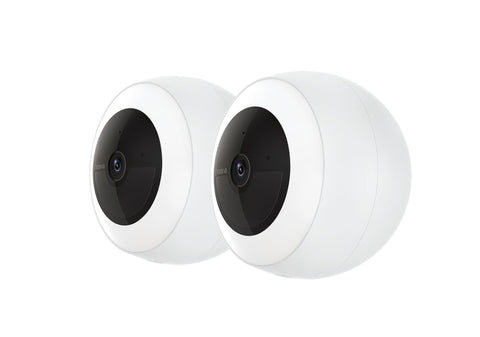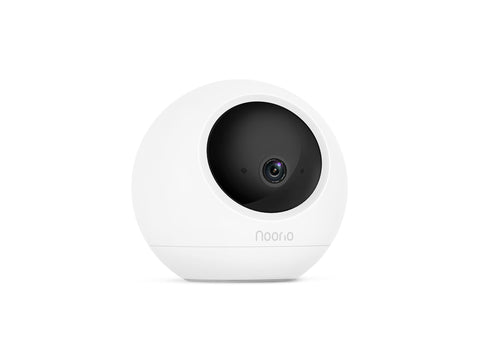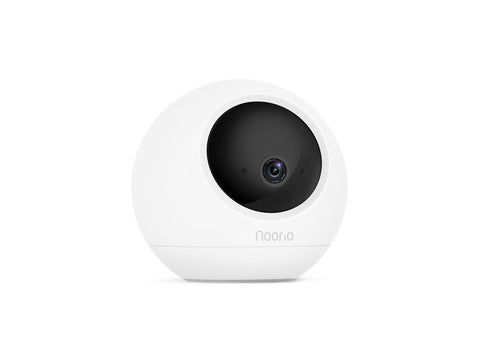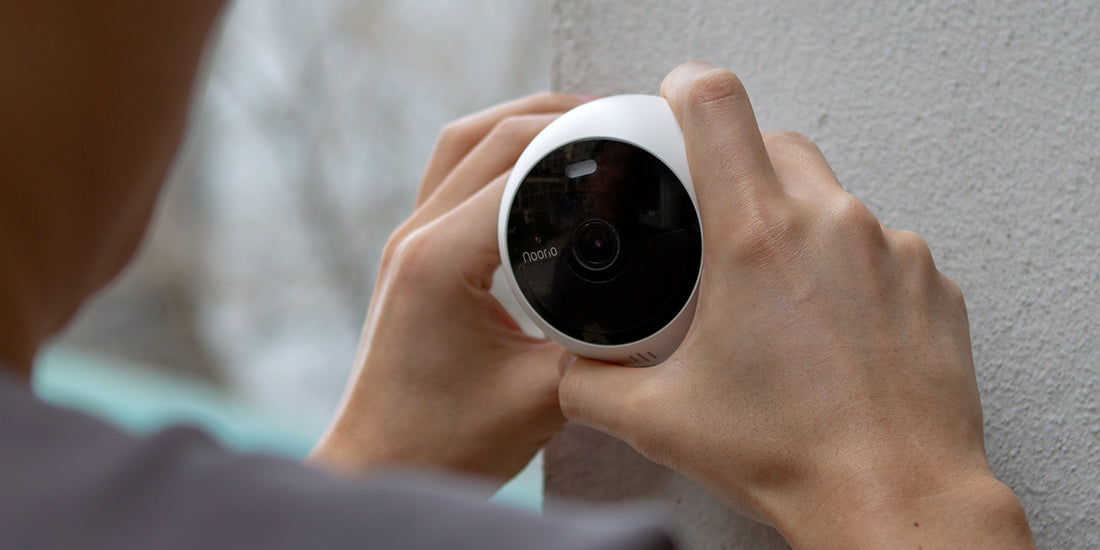This article dives deep into the technical aspects of maintaining security cameras and offers 17 professional tips to keep your security camera functioning optimally.

Regular Cleaning
Over time, dust particles can accumulate on the camera lens, significantly hampering the camera's clarity and overall performance. Regular cleaning ensures that your camera captures high-quality video. Use a microfiber cloth to gently clean the lens without scratching it. A blower or can of compressed air can also be used to remove dust particles from hard-to-reach areas. Also, keep the camera body clean. This not only ensures that the device functions optimally, but it also keeps the camera looking professional and well-maintained.
Check the Power Supply
A common cause of malfunctioning security cameras is power supply issues. Regularly check that power connections are secure and that cables are not worn out, frayed, or damaged. Wireless security cameras often operate on batteries, which should also be checked regularly for charge level and overall health. A failing power supply can lead to intermittent functionality or complete failure of the camera. Scheduled checks can help you identify and address any power issues before they lead to camera downtime.
Ensure Adequate Lighting
Good lighting can greatly enhance the effectiveness of your security cameras. While most modern security cameras have built-in night vision capabilities, they still perform best under well-lit conditions. For high-quality, color recording even in low light conditions, consider installing efficient commercial LED strips around the camera. This provides a consistent light source, enhancing visibility without straining the camera sensors. These LED strips are energy-efficient, durable, and can withstand various weather conditions, making them a practical choice for outdoor surveillance setups.
Firmware Updates
Regular firmware updates are essential to keep your camera system running at peak performance. Manufacturers often release updates that address known issues, improve device performance, or introduce new features. Skipping updates can result in the camera becoming susceptible to software bugs or security vulnerabilities. Make sure to follow the manufacturer's instructions while updating the firmware to avoid accidental mishaps. Firmware updates are typically performed through the camera's software interface and often require the device to restart.
Software Updates
In addition to firmware updates, the software used to manage and view your security cameras also needs to be updated regularly. Manufacturers often release updates to fix bugs, patch security vulnerabilities, and add new features. Keeping your software up-to-date ensures optimal performance and security of your surveillance system.
Inspect for Pest Damage
Insects, spiders, or small animals may cause damage to your cameras, and their wiring, or obstruct the camera view. Regularly check and clean the camera casing, particularly for outdoor cameras. Consider using pest deterrents if the problem is severe.
Check Camera Mounts
The mounts or brackets holding the camera in place must be checked regularly for any signs of loosening or wear. A shaky or loose mount can result in unstable video feeds, limited visibility, or even a total blind spot if the camera shifts significantly. In worst-case scenarios, the camera might fall, leading to potentially expensive repairs or replacements. Camera mounts should be firm and sturdy to withstand environmental conditions, particularly in outdoor setups where wind or weather can affect stability.
Monitor Signal Strength
For wireless security cameras, network connectivity is key. These cameras rely on a strong Wi-Fi or cellular signal to transmit video feeds to the central system or your device. Regularly monitor the signal strength on your cameras to prevent lagging video feeds or dropped connections. Consider investing in network range extenders or mesh networks if your cameras are located far from the Wi-Fi router, especially for larger properties. Regular signal checks can help you ensure your camera stays connected and performs optimally.
Check for Water and Moisture Damage
Outdoor security cameras are particularly susceptible to water and moisture damage, especially during the rainy season. Regularly check for signs of moisture within the camera casing or the lens fogging up. If your camera isn't waterproof, consider adding an extra layer of protection using a waterproof case.
Inspect Cabling and Connectors
For wired security camera systems, the cabling and connectors are essential components that need regular inspection. Physical damage, corrosion, or wear and tear can lead to signal loss or reduced image quality. Ensure that the cables are neatly organized and not tangled, as this could lead to accidental disconnection or damage. All connectors should be securely fitted to avoid loose connections. Outdoor camera setups should use weatherproof and UV-resistant cables and connectors to withstand the elements. Regular inspection can help you identify and rectify any potential issues before they affect the camera's performance.
Maintain Log Records
Maintaining a log of camera activity can help you track and monitor the system's health over time. Any deviations in normal patterns, such as frequent disconnections, signal losses, or reduced recording quality, can be early indicators of a potential issue. Additionally, having a log can help in troubleshooting problems if they arise, providing useful information about when the issue started and how it has evolved over time. Most modern security camera systems have built-in activity logs that can be easily accessed through management software.
Test Camera Angles
Optimal camera angles maximize the coverage area and can provide clear views of essential spots. Over time, due to factors like wind or small vibrations, cameras may shift slightly. Regularly test and adjust the camera angles to ensure they provide the best coverage. Software tools are available that can help visualize the camera's field of view, helping you adjust the angles more accurately. Also, consider potential changes in the surroundings, like growing vegetation or new structures, which could obstruct the camera's view.
Evaluate Recording Quality
The recording quality of your security camera is an important measure of its effectiveness. Regularly reviewing the recorded footage can help you assess the camera's performance. Look for issues such as blurred images, distorted colors, or flickering video, which could be signs of lens issues, insufficient lighting, or internal malfunctions. A gradual reduction in video quality over time could indicate that the camera is nearing the end of its lifespan. In such cases, consider consulting with a professional or contacting the manufacturer for further assistance.
Regularly Reboot the System
Just like any other electronic system, security camera systems can also benefit from regular reboots. This can help clear any minor software glitches and free up system memory, improving overall performance. Some camera systems allow you to schedule automatic reboots, which can be set during off-peak hours to minimize disruptions. A word of caution, though – the frequent need for reboots can be a sign of more serious underlying issues, and professional help might be needed if the situation doesn't improve.
Prevent Overheating
Security cameras, especially those functioning around the clock, are prone to overheating. This is especially true in hot climates or direct sunlight. Overheating can lead to reduced performance or permanent damage. Ensure the camera has adequate ventilation and is shielded from direct sunlight whenever possible. Some cameras come with built-in temperature sensors that can alert you if the device is getting too hot. In such cases, it might be necessary to install a fan or move the camera to a cooler location.
Conduct Regular Professional Inspections
While regular self-maintenance can go a long way in ensuring the health of your security camera system, professional inspections can offer a deeper level of analysis. Professionals can detect potential issues that may not be immediately apparent to the untrained eye. Regular professional inspections, at least once a year, can prevent minor issues from becoming major problems down the line. They can also provide valuable advice on system upgrades or replacements, ensuring that your security system stays up-to-date with the latest technology.
Maintain Backup Power
Power outages can render your security cameras useless just when you might need them the most. A reliable backup power solution, like an Uninterrupted Power Supply (UPS), can provide power to the cameras during outages, ensuring continuous operation. The UPS system should be tested regularly to ensure it can take over in case of a power failure. Consider the backup power requirement while planning the security camera system, especially for critical locations that require uninterrupted surveillance.
Last words
By following these 17 professional tips, you can ensure the longevity and optimal performance of your security cameras. Regular maintenance not only prevents security disruptions but also extends the lifespan of your camera system, making it a worthwhile investment for your safety and peace of mind.
Read More
- 14 Home Safety Tips While on Vacation [2022 Guide] – Noorio Innovations
- Can Security Cameras See Inside Cars? – Noorio Innovations
- Pick the Best Solar-Powered Wireless Security Camera: How? (2022) – Noorio Innovations
- Best No Drill Outdoor Security Cameras of 2022- Noorio B210 – Noorio Innovations
- Stay Connected and Protected: The Latest Nanny Cam Technology – Noorio Innovations
